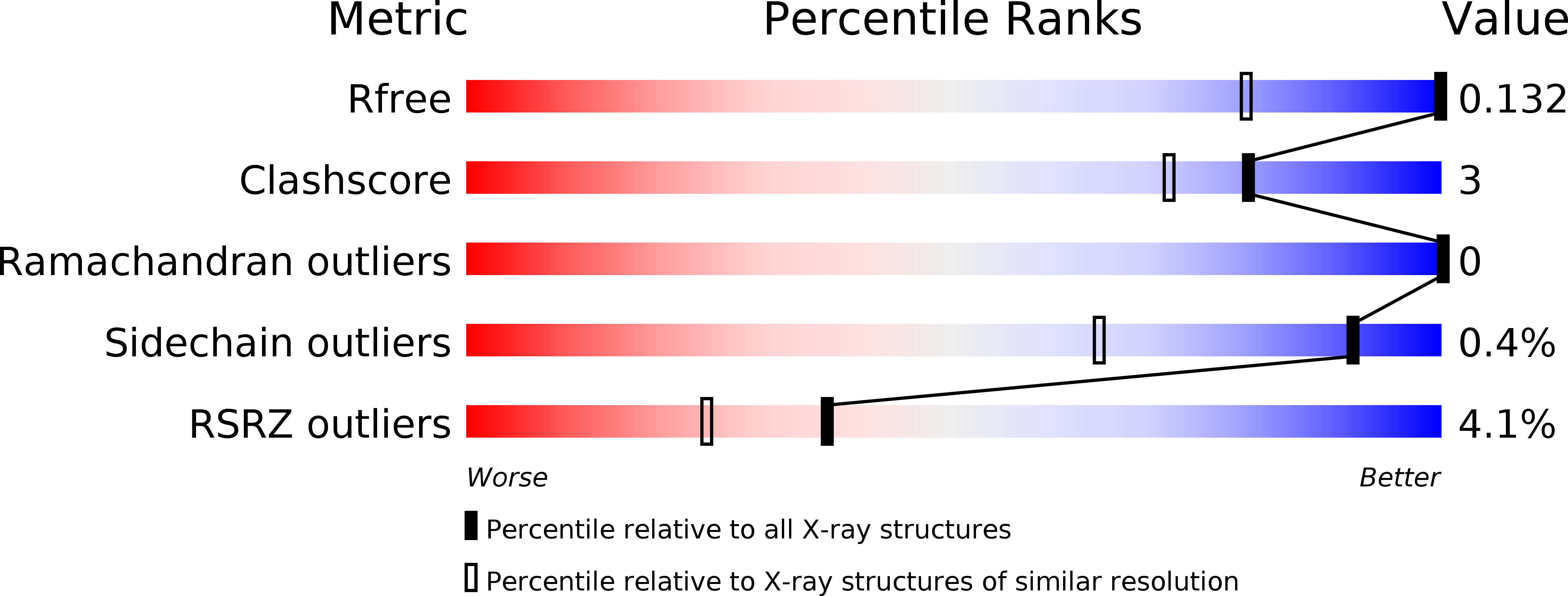
Deposition Date
2013-06-20
Release Date
2014-04-30
Last Version Date
2023-09-20
Entry Detail
PDB ID:
4LB3
Keywords:
Title:
Crystal structure of human AR complexed with NADP+ and {5-chloro-2-[(2-fluoro-4-iodobenzyl)carbamoyl]phenoxy}acetic acid
Biological Source:
Source Organism:
Homo sapiens (Taxon ID: 9606)
Host Organism:
Method Details:
Experimental Method:
Resolution:
0.80 Å
R-Value Free:
0.13
R-Value Work:
0.13
R-Value Observed:
0.13
Space Group:
P 1 21 1


